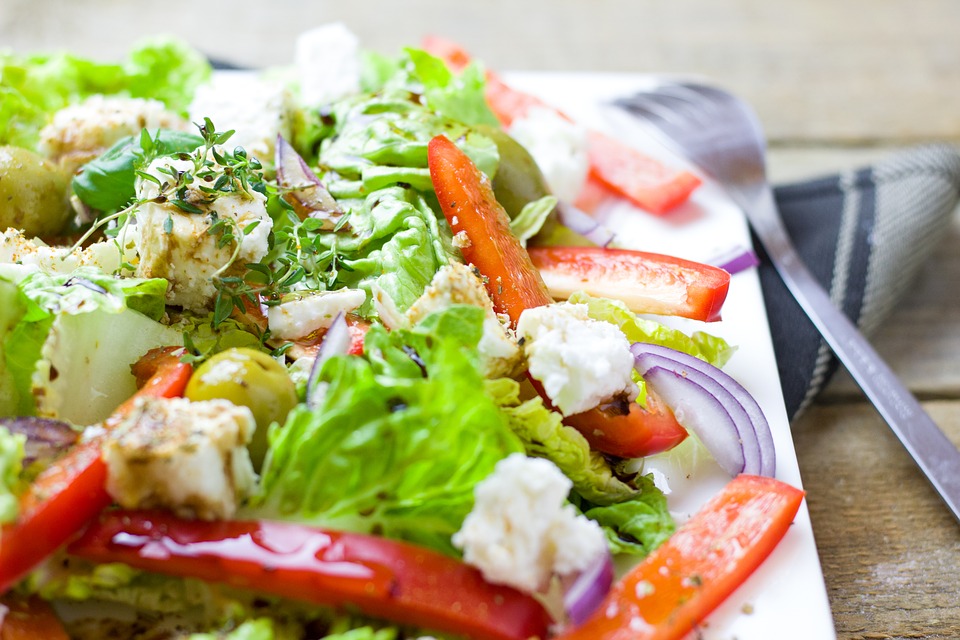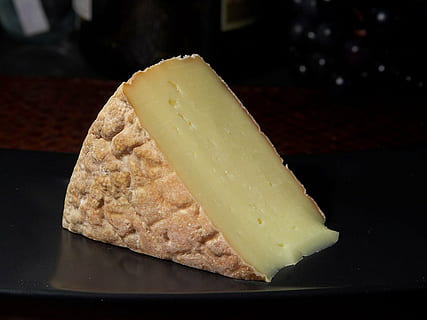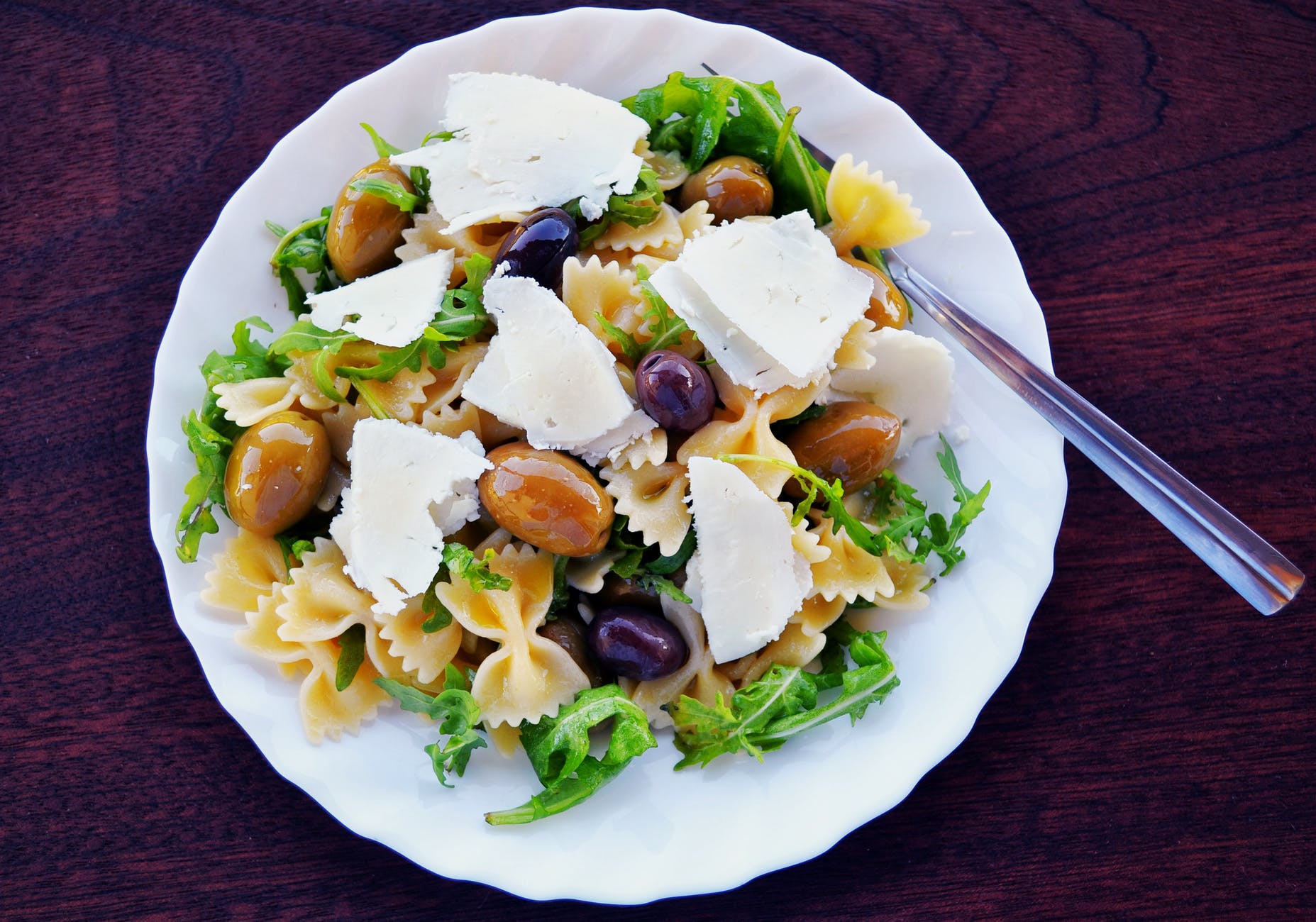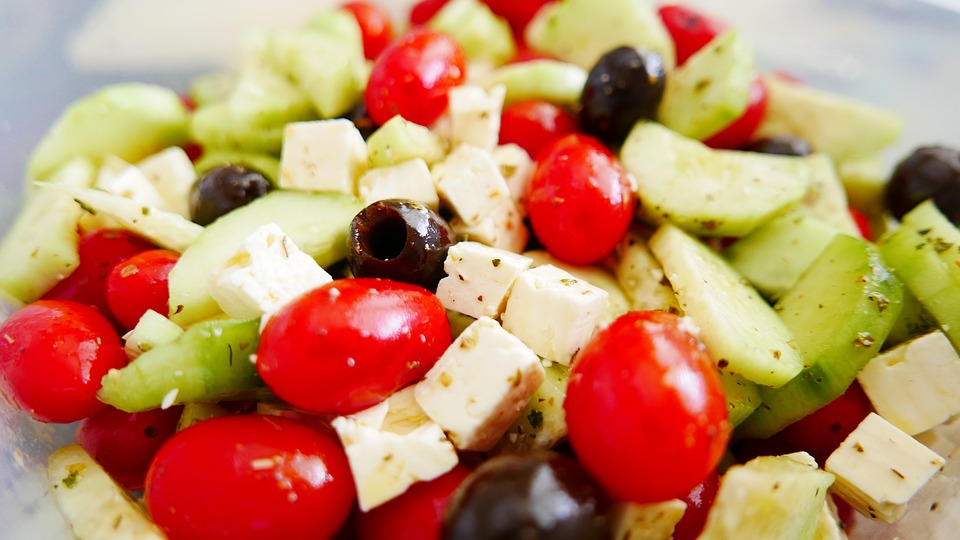Cheese is a delicious and healthy product. Currently, in stores, the buyer will find a similar product of a very different production: cheeses are imported from France, Italy, Greece. Also domestic manufacturers try to make products that are not inferior in quality and taste to imported goods. Greek cheeses are distinguished by their specific taste and appearance. Many buyers prefer this particular type of fermented milk products, but a large selection of goods can cause difficulties for a gourmet. The editors of the site "bestx.htgetrid.com/en/" have prepared for you a rating of the best Greek cheeses for 2020.

Content
How to choose a quality and useful product
Cheese is presented in large quantities in retail outlets; the price range ranges from budget options to very expensive ones. And first of all, what should be determined is the price tag. Since 1 kg of cheese requires an average of 11 liters of milk, we do not recommend purchasing cheap products. Most likely, such a product will be a mixture of dairy and vegetable fats, which significantly reduces the nutritional value.
Composition
High-quality cheese consists only of milk, sourdough, salt, no more additives should be present. As mentioned above, vegetable fats deprive dairy products of the benefits.

Also in the ingredients, the buyer will be able to find additives such as carrageenan, dye, carotene and other "E". We advise you to avoid purchasing such items. Most often, these cheeses are sold with the label “cheese product”.
Appearance
This item directly depends on the type of product. It also determines the quality and freshness of a product. Depending on the variety, the cheese should look like this:
- Hard grade - there should be no cracks, irregularities or defects on the surface of the product. You can cut off a piece, it should not crumble, and its consistency should be elastic and uniform. Otherwise, the product may be frozen. Mold is only present in certain varieties, and an unpleasant, rotten and rancid smell indicates an expiration date. If the cheese is covered with a slippery and greasy layer, the buyer may suspect the presence of cheap palm oil in the composition. The color is most often uniform, yellow, but unscrupulous users can add dyes to their product in large quantities. Most often, the presence of dyes is indicated by an unnatural bright yellow tint. As for the holes, they should be about the same size. In the cut, the cheese should have smooth edges, a quality product is characterized by plasticity.
- Soft varieties - in this case, the buyer should be guided by the above instructions. Just keep in mind that soft cheeses are characterized by higher humidity. At the same time, a high-quality product retains its plasticity and elasticity, it should also not crumble. If we talk about varieties with mold, then they should be somewhat loose, while maintaining the characteristic softness. The smell of mold is somewhat reminiscent of penicillin, but the taste of ammonia indicates an expired shelf life.
- Brine varieties are made using special brines.Such goods are brittle and do not have a crust. The product has a specific taste, it is designed for the amateur, since it is often salty. The presence of a large amount of salt is due to the fact that brine varieties are subject to spoilage faster.
- Fermented milk - the most striking representative of this variety - cottage cheese. These cheeses are made using a special leaven.
Storage conditions
If stored improperly, fermented milk products can pose a threat to life and health or simply lose their taste. Cheese storage again depends on its type:
- Solid products - temperature range from -4 to +8. The range is large enough that the product should be kept refrigerated. Humidity must be at the level of 95-97%, otherwise the product will simply become moldy or dry. The shelf life lasts up to 4 months, depending on the type of starter culture and the presence of preservatives.
- Soft varieties are stored at temperatures from 0 to +8 degrees. The shelf life is very short, after opening the package, the product can be kept in the refrigerator for no more than 3 days. To prolong storage, the manufacturer may add preservatives or simply not allow the cheese to ripen.
- Brine varieties should not only be at a temperature not exceeding 5 degrees, in addition, the product is in a special brine. Without it, the product is usable within seven days. Also, the amount of salt affects the shelf life: the more salt, the longer the storage period.
- Fermented milk varieties - can be stored at temperatures up to +6 degrees, storage in a freezer is also permissible, in which case the shelf life is extended.
The most common storage method is wrapping the cheese in plastic wrap. This method is permissible, it does not spoil the taste of the product. But we recommend keeping the product in waxed paper or foil; it is imperative to cover the cut site. Wax casing is also popular, but this method is typical for storing smoked products.

Benefit and harm
If we talk about the benefits of cheeses, in particular Greek, then you should understand their composition. So, for example, vitamins (thiamine, riboflavin, pyridoxine, folic acid, vitamins A, D, E, K), trace elements (manganese, selenium, iron, potassium, sodium, zinc, copper) are present in large quantities in such products. A great advantage will be the fact that Greek cheeses contain a large amount of fat and protein, but carbohydrates are presented in a minimum concentration.
Benefits:
- a large number of nutrients;
- normalization of intestinal microflora;
- strengthening of the musculoskeletal system.
Harm:
- retains fluid in the body and contributes to the formation of edema;
- short shelf life;
- not suitable for people with cow's milk allergy.
Rating of the best Greek cheeses for 2020

The best pickle varieties
Hotos feta
The classic representative of brine varieties is feta. This product is made from goat or sheep milk, after which the workpiece is kept in brine. The taste of this cheese is directly influenced by the quality of the raw materials. If goats or sheep graze on clean pastures, drink clean water, eat plenty and breathe unpolluted air, then feta will also have a soft, delicate and rich taste. After collecting milk, raw materials are sent either to home cheese makers or to industrial enterprises. The best option would be to put milk in bags sewn from the stomach of a sheep, where it is curtailed under the influence of rennet. After the workpiece is heated until flakes are formed. As soon as the curd hardens, it is sprinkled with salt, in most cases, abundantly, and kept for a day. After that, the workpiece is sent to the brine, in which the feta is infused for about 30 days.
The manufacturer's brand, declared in the rating, is characterized by a responsible approach to cheese making. The consistency of the finished product is firm, slightly crumbly. The taste is pleasant and salty, with a slight hint of sourness, while there is a bright aftertaste of milk.This product is ideal for preparing traditional Greek salads and pies. The big advantage is the fact that the raw materials are used exclusively from proven domestic goats and sheep.
Advantages:
- completely natural composition;
- made in Greece;
- many positive reviews;
- optimal ratio of salt.
Disadvantages:
- high price.
The average cost is 700 Russian rubles for 400 g.
Zoe in brine

This product has been deservedly popular for many years. Production in Macedonia, environmentally friendly ingredients and a careful approach to raw materials - all this will allow you to get a delicious and high-quality cheese at the end. The cheese is characterized by a delicate texture, light salinity, and refined sourness. Fans of spices will also not pass by this delicacy - rosemary, thyme, marjoram will add subtle and sensual notes to the taste, which are revealed more fully thanks to fresh milk.
The product is ideal not only for salads and pastries, but also as a snack served with meat, fish, seafood. The ratio of ingredients, the peculiarities of their mixing and maturation are produced according to a unique formula, which has no analogues. There are no harmful and synthetic impurities in the composition.
Advantages:
- natural composition;
- unusual taste;
- moderate amount of salt;
- positive reviews.
Disadvantages:
- high price.
The average cost is 600 Russian rubles for 300 g.
Eat Rustic "Greek Feta"

The product is sold in a glass jar already cut into pieces that are in brine. The brine itself is a mixture of natural spices. Thus, the cheese is impregnated with a spicy aroma and acquires an unusual delicate taste. The product is a representative of domestic production, but the quality does not suffer from this, while the price is an order of magnitude lower.
The composition does not contain harmful substances and artificial ingredients. The disadvantages include the main component of the product - cow's milk. As mentioned above, feta is made from sheep or goat milk, so this delicacy can hardly be called a classic representative of Greek cuisine.
Advantages:
- natural composition;
- bright taste;
- convenient release format.
Disadvantages:
- made from cow's milk.
The average cost is 200 Russian rubles for 190 g.
The best soft varieties
Manuri Hotos Manouri
Manuri is one of the oldest recipes, most often it is based on feta serum. It does not take much time to ripen, and its taste characteristics allow using the delicacy for making sweet pastries, including desserts. Besides, manuri sprinkled with honey or sweet syrup is a light and tasty dessert.
The product of the above brand has a classic taste: delicate creamy, with subtle hints of citrus. The consistency of the product is delicate, there is no crust. Low cost and excellent composition add advantages to one of the most delicious cheeses in Greece.
Advantages:
- delicate taste;
- low price;
- produced in Greece;
- natural composition.
Disadvantages:
- no significant disadvantages have been identified.
The average cost is 300 Russian rubles for 200 g.
Arvaniti Manouri PDO
The manufacturer, awarded with a number of awards, positive reviews, with many years of practice, offers delicate and delicious cheese for gourmets.
This versatile product can be added to baked goods, served with wine, used in salads, and can also be served separately for breakfast or afternoon tea. The product is sold in a vacuum package, there are no harmful preservatives in the composition. The color of the product is white, which is typical for manuri, the taste is milky and delicate.
Advantages:
- manufacturer with a well-deserved reputation;
- versatility;
- great quality;
- pleasant taste.
Disadvantages:
- difficult to find on sale.
The average cost is 500 Russian rubles for 300 g.
The best hard varieties
Filos kefalotiri

Kefalotiri is considered an ancient traditional dish.This cheese opens the season, and the first sheep's milk is used for its preparation after the one who has taken the lamb from the mother. Depending on the type of livestock nutrition, the color of the finished product can be either white or slightly yellowish. It takes several months for the delicacy to mature.
As for the product described in the rating, it consists of two types of milk: from a goat and a sheep. Salt is also added to the ingredients, but there are no harmful components. The taste of the product is delicate with light spicy notes. You can also experience the herbaceous aftertaste of olive oil. The low fat content of the delicacy makes it possible for supporters of proper nutrition to use it. Nutritionists also recommend adding kefalothi to the diet of those people who suffer from pathologies of the musculoskeletal system.
Advantages:
- natural composition;
- dietary product;
- undoubted benefit.
Disadvantages:
- high price.
The average cost is 600 Russian rubles for 200 g.
Graviera Vigla

If you are looking for the most popular hard cheese in Greece, then get an engraver. These products are made from sheep and goat milk. However, cow raw materials are also traditionally used for cooking. The cheese has a sweet taste complemented by fruity notes. The texture is plastic, does not crumble, there are small holes.
This product is ideal as a snack for wine, it has a rich creamy taste. A slight oily coating forms on the surface of the cheese due to the high percentage of fat content.
Advantages:
- naturalness;
- great taste;
- can be combined with food, or can be used as a separate snack.
Disadvantages:
- high fat content.
The average cost is 500 Russian rubles for 350 g.
Graviera from Crete

As the name implies, the product is prepared in Crete. The cheese is distinguished by the presence of a crust, which is formed as a result of a unique way of preparing the delicacy.
The product can be combined with other types of cheese, it also fits perfectly into salads and as a separate snack. Also, buyers praise the disclosure of the flavor characteristics of the cheese when used together with wine.
Advantages:
- great taste;
- natural composition;
- unique cooking formula;
- uniqueness.
Disadvantages:
- high price;
- difficult to find on sale.
The average cost is 700 Russian rubles for 300 g.
Lepanto Dairies Kazeri

Salty cheese is made from sheep and goat milk. Most often, the product is sold in the form of a cylinder. The ripening period should not be less than 4 months, and the color of a perfectly prepared product should be pale yellow.
This product has a pleasant creamy taste, slightly salty, but leaves behind a sweet aftertaste. The product is ideal not only for baking, but also for frying and grilling.
Advantages
- pleasant unusual taste;
- natural composition;
- benefits to the body.
Disadvantages:
- difficult to find on sale;
- high price.
The average cost is 700 Russian rubles for 400 g.
If you had experience using the products described in the rating, write your feedback in the comments.













